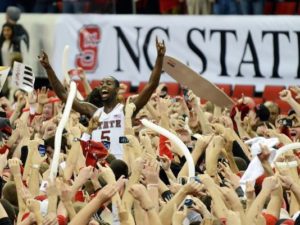
Slightly over a year ago, I wrote an article extrapolating on the dangers of storming the court, particularly in college basketball. I likened it to the Running of the Bulls and offered a proposal to combat the growing issue of fan, coach, and player safety in instances of upsets. However, my exposure to these activities was somewhat limited; I had only rushed my high school’s football field twice and while a high school basketball court is 84 by 50 feet, a football field is 360 feet by 160 feet, meaning that there was more than enough room for everyone to get on the field.
And then something happened yesterday that completely proved the point I made last February.
Yesterday, I attended my school’s (Bergen Catholic) state semifinal basketball game. The game was tight, albeit less-than-aesthetically-pleasing, throughout, and the outcome rode on the Crusaders getting one last stop to close out the game. Bergen was up three and, though the defense surrendered a buzzer-beating layup, held on to defeat St. Peter’s Prep, 47-46. Seconds after the final buzzer, everyone in the student section (including myself) stormed the floor (Bergen was the higher seed in the tournament, but whatever).
I was in the middle of the student section and got to the court just after many of my friends did. As we stormed the floor, the central location of the celebration began to move back towards the stands; normally, when fans rush the floor, the central location to which they congregate stays the same. In this case, it did not. When I reached the middle of the floor, where the fans and players were gathered, I was hit either from ahead or behind; I honestly don’t remember exactly what happened. This was the result:
— Jimmy Sullivan (@JimmySullivanBC) March 5, 2017
Yep, that’s me in there the middle of the pile, on the floor. The good news is that my entire body was beyond the three-point line. A couple of quick thoughts:
- There is a short list of safe places to be during a court storming. “On the ground” is not one of them.
- Seeing the bottom of people’s shoes is not what you want to see in a situation like this.
- Holy Lord, that was frightening.
In reality, the danger was not overwhelming. But it could have been. I was on the ground for roughly 15 seconds or so. I likely was not in imminent danger of serious injury, but in the moment, I was scared to death. Luckily, one of my friends realized what was going on and helped me up. If he had not done that, I very easily could have been injured. I’m not going to name him, but he saved me from further danger.
This is the problem: while the court storming was fun (I enjoyed myself until I got dropped), it is an incredibly dangerous and inherently unsafe activity. If it’s done right, no one gets hurt and everyone has a great time. That’s an awfully big if.
Another point I must make is that I completely panicked when I hit the floor. However, I wasn’t sure if getting up in that situation wouldn’t have subjected me to more of a rush from the opposite direction. I picked my poison, which was to stay on the ground until I got help. It may not have been the best option, but it worked out in the end.
One more thing I should say: I’m not mad. This is no one’s fault. Students rush the floor because it’s fun and exhilarating. Security at the game didn’t follow through on any sort of protocol because I highly doubt they have one. But the personal experience of literally being underneath a court storming is something I never wish to experience again. No one is at fault, but that doesn’t make it less scary. I’m also not writing this just because it was me on the ground (it does help, though).
Yesterday, I almost became a victim of something that is practiced across the country on an almost-daily basis in the fall and the winter. Thankfully, I was not.
But we must change our thinking on this issue before someone else is.

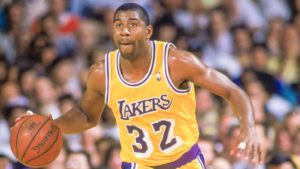
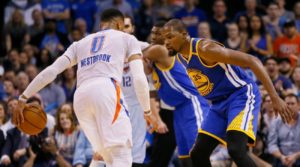
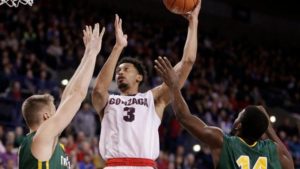
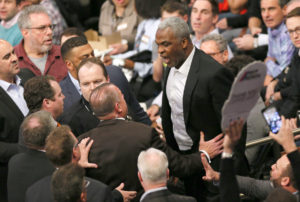
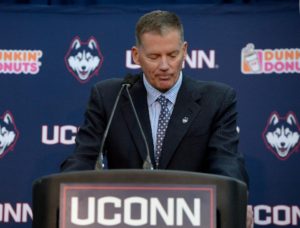

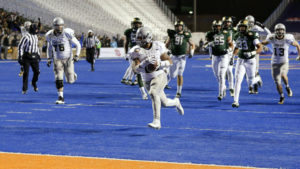

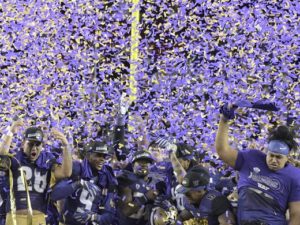
/cdn0.vox-cdn.com/uploads/chorus_asset/file/7548155/Screen_Shot_2016_11_28_at_5.03.12_PM.png)